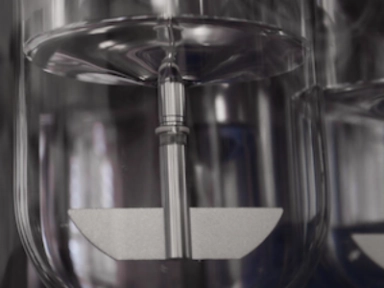Odyssey outcomes - mortality
Odyssey Outcomes: Addition of PCSK9i to background Statin therapy further reduces MACE
Mortality study results
Effect of Alirocumab on All-Cause, CV or Non-CV death
*Stratified by geographic region. †Nominal p-value, as all-cause death followed CHD death and cardiovascular death in tile prespecified hierarchy of main secondary endpoints, the p-value for all-cause death was considered nominal
All-cause death: All patients vs patients eligible for ≥3 years of follow-up
*Because all-cause death followed CHD death and CV death in the pre specified hierarchy or main secondary endpoints, the p-value for all-cause death was considered nominal. Alirocumab is associated with lower all-cause death as compared to placebo. Patients were eligible for ≥3 years or follow-up if randomized ≥3 years before the common study end date.
**First year HR 1.01 (95% Cl 0.77, 1.32); for patients eligible for <3 years of follow-up HR 0.96 (95% Cl 0.76, 1.21).
Post-hoc analysis: All-cause death by baseline LDL-C subgroups
Relative risk reduction: Pinteraction=0. 12
Absolute risk reduction: Pinteraction=0.005
*Based on cumulative incidence, alirocumab is associated with lower all-cause death as compared to placebo
Mortality study conclusions
- The risk of non-CV death is usually assumed to be independent of risk of CV events, and there is unmodifiable risk by LDL-C lowering
- In the post-hoc, joint semiparametric modelling approach, alirocumab treatment was associated with a favorable effect on risk of nonfatal CV events and was a predictor of non-CV death. The association parameter indicates that these risks are linked
- Steg PG, et al. Circulation. 2019; 140(2):103-12







